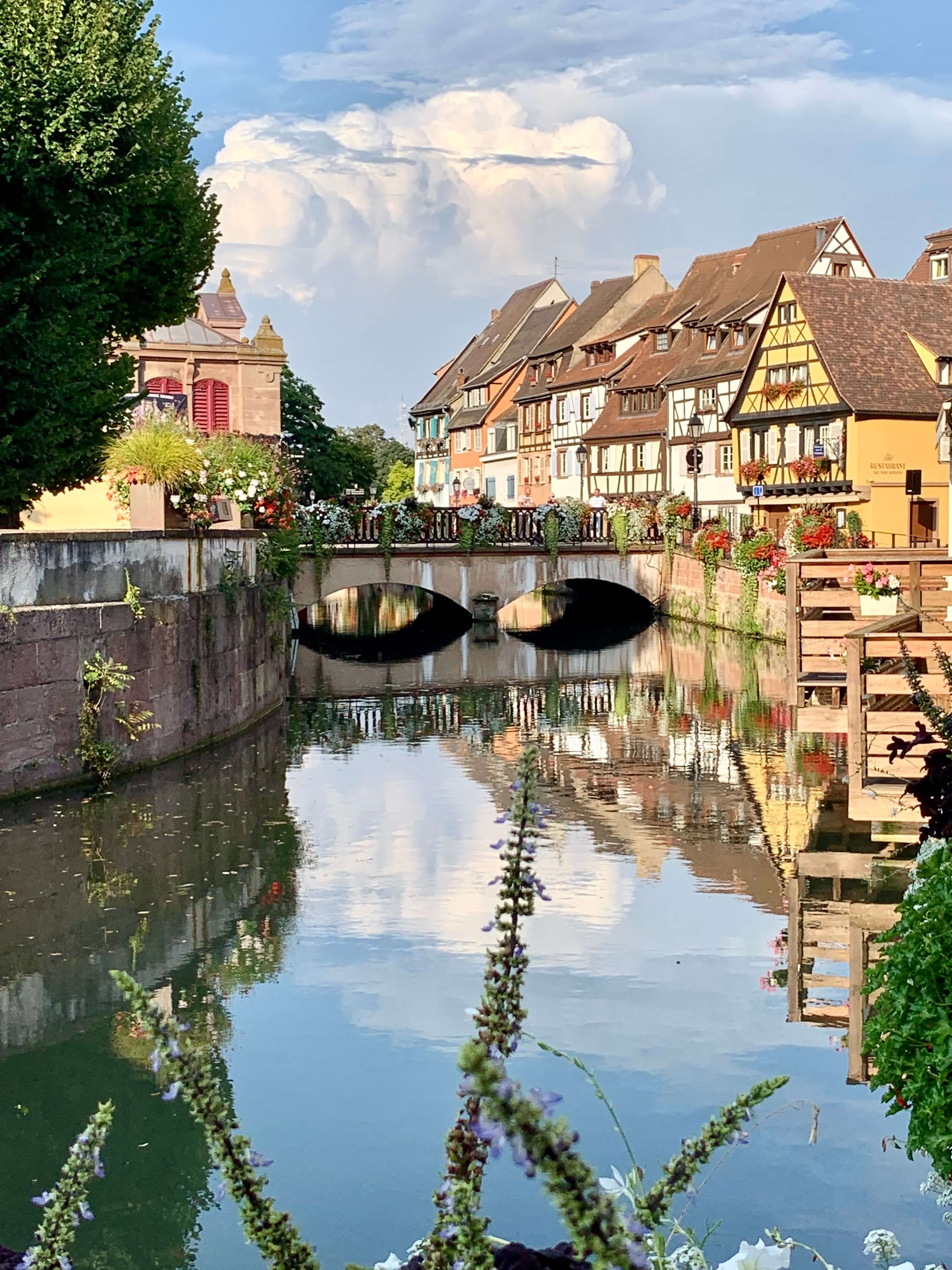Reading Time: 3 minutes
Biomimetics is basically the study of designs, processes, and systems that nature undergoes; to solve simple and complex daily life hurdles. While Biomimetics have a large number of applications in various fields; in architecture and manufacturing, it is theory proved in obtaining design related solutions. Biomimetic architecture uses nature as a model, measure, and mentor in core building or unit design. Biomimicry also lets us judge the efficiency of human technical upheavals. On the one hand, human-designed solutions depend on the use of resources, materials, and energy to process. On the other, natural processes generate their independent distinctive mechanism. Nature even turns waste into a useful matter, a thoughtful system, which should be on top in every designer’s checklist. Shristi reveals another mystery of architecture, in the regular column, exclusively for Different Truths.
Biomimetic is basically the study of designs, processes, and systems that nature undergoes; to solve simple and complex daily life hurdles. Taking the simplest example of the aircraft, the Wright Brothers derived inspiration from pigeons to create the first ‘flying machine’. While Biomimetics have a large number of applications in various fields; in architecture and manufacturing, it is theory proved in obtaining design related solutions.
Not to confuse it with biomorphic architecture, which is concerned only with using natural forms as aesthetical implementations; biomimetic architecture uses nature as a model, measure, and mentor in core building or unit design. Biomimicry also lets us judge the efficiency of human technical upheavals. On the one hand, human-designed solutions depend on the use of resources, materials, and energy to process. On the other, natural processes generate their independent distinctive mechanism. Nature even turns waste into a useful matter, a thoughtful system which should be on top in every designer’s checklist.
Biomimicry in architecture functions on three levels – the organism level, the behavioural level, and the ecosystem level. Beijing’s National Aquatics Centre inspired from soap bubbles, Eiffel tower inspired from the thigh bone and Waterloo International Terminal inspired from the scaly pangolin are few famous buildings working in terms of ‘organism level biomimicry’. In India, the Bahai Lotus Temple of Delhi is an example of a similar output. It involves a process of direct application of the form and function (and sometimes only the form) that the organism exhibits.
“Buildings are so tightly conceived — mechanical systems, structural systems, and high expectations for comfort. But with nature, there is variability built into the system, because it is in a constant state of flux.” Achieving equilibrium with the environment is “where we hope to go with architecture, designing buildings with gradients and responsiveness.” believes Thomas Knittle, leader of NY’s architectural firm HOK. HOK is the firm behind the success of ‘behavioural and ecosystem-level biomimicry’ applied to Lavasa city near Pune in India.
The team worked out the water retaining feature of deciduous tree roots to mimic building foundations which could hold water for future use. The tiled shingles impersonated the banyan fig leaf to shed water off the pitched roof. Also, they observed the low-grade channelled path of local ants to divert overflowing water through the city. What an intelligent architectural marvel is Lavasa, isn’t it?
But creating architectural models using biomimicry involves taking care of the overarching systems as well. Blending architecture and nature lead to newer scenarios every time. The interconnections within the model and its relation with other vicinal systems – both are contemplated earlier in the design process to avoid any mishappenings. Human errors are also taken into account because it is not a completely reversible process.
“Biomimicry is basically taking a design challenge and then finding an ecosystem that’s already solved 

“Look deep into nature, and then you will understand everything better,” said Albert Einstein.
©Shristi Nangalia
Photos sourced by the author.


















